Remnants of a Lost Planet Live Deep Inside Earth
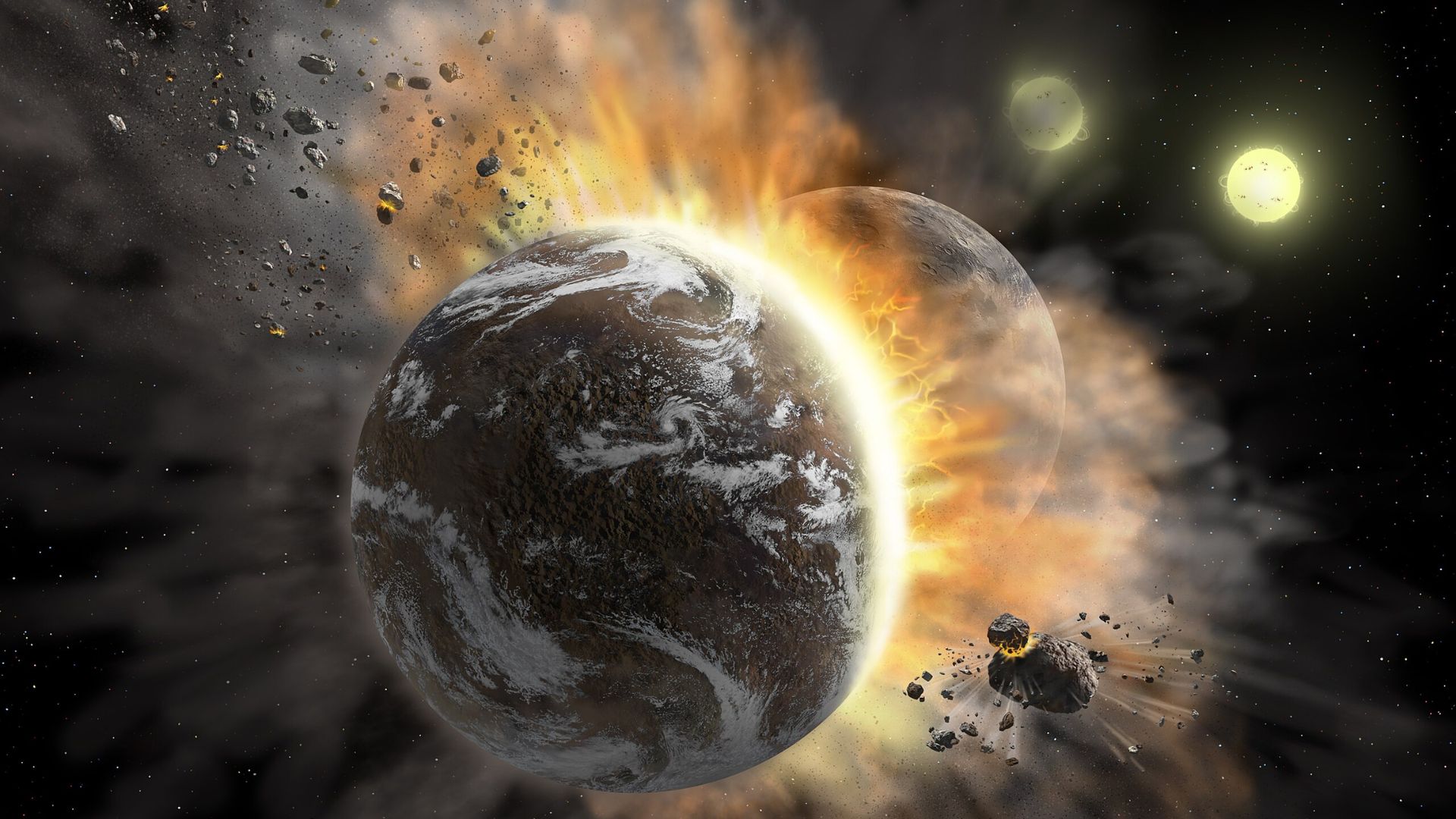

Researchers have finally identified mysterious “blobs” deep within Earth as remains of a long lost planet. They theorize that this smaller planet collided with Earth billions of years ago, which reshapes our understanding of how the Moon actually formed.
Strange Blobs Inside Earth
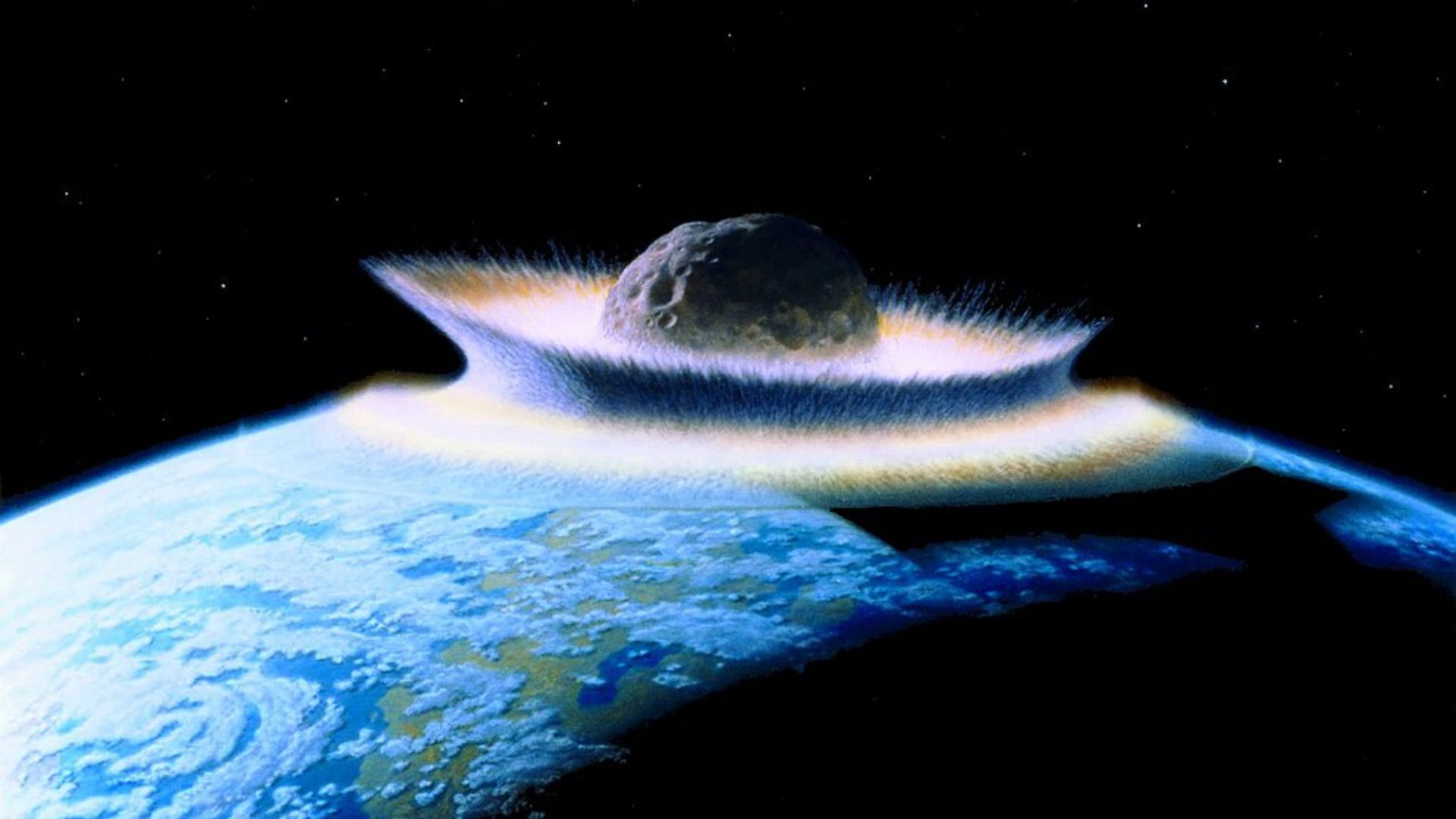
Decades ago, seismologists noticed regions deep under Africa and the Pacific where seismic waves slow down. This signaled that there was dense, unusual material lying there. These zones, known as large low-velocity provinces (LLVPs), stumped scientists because they didn’t behave like the surrounding mantle. Their size is awe-inspiring—each blob is roughly as massive as the Moon.
Remains of an Ancient Planet
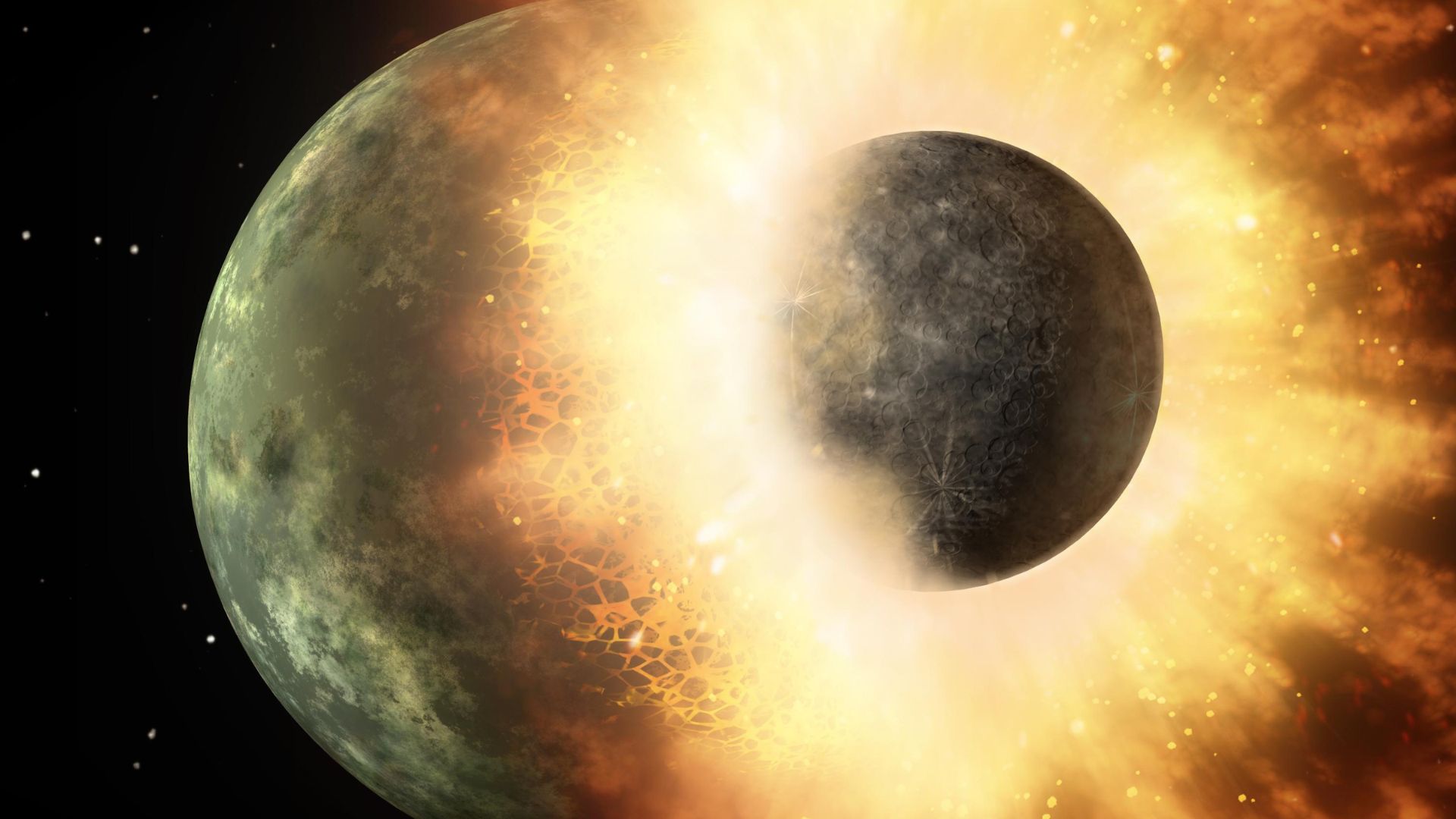
A new theory suggests these blobs are actually preserved material from a planet that merged with Earth long ago. Each blob is roughly the size of the Moon, and scientists theorize that these are remnants of the mantle of an ancient planet called Theia. This would explain why the materials have a different composition than Earth’s usual inner layers.
The Moon-Forming Impact Theory
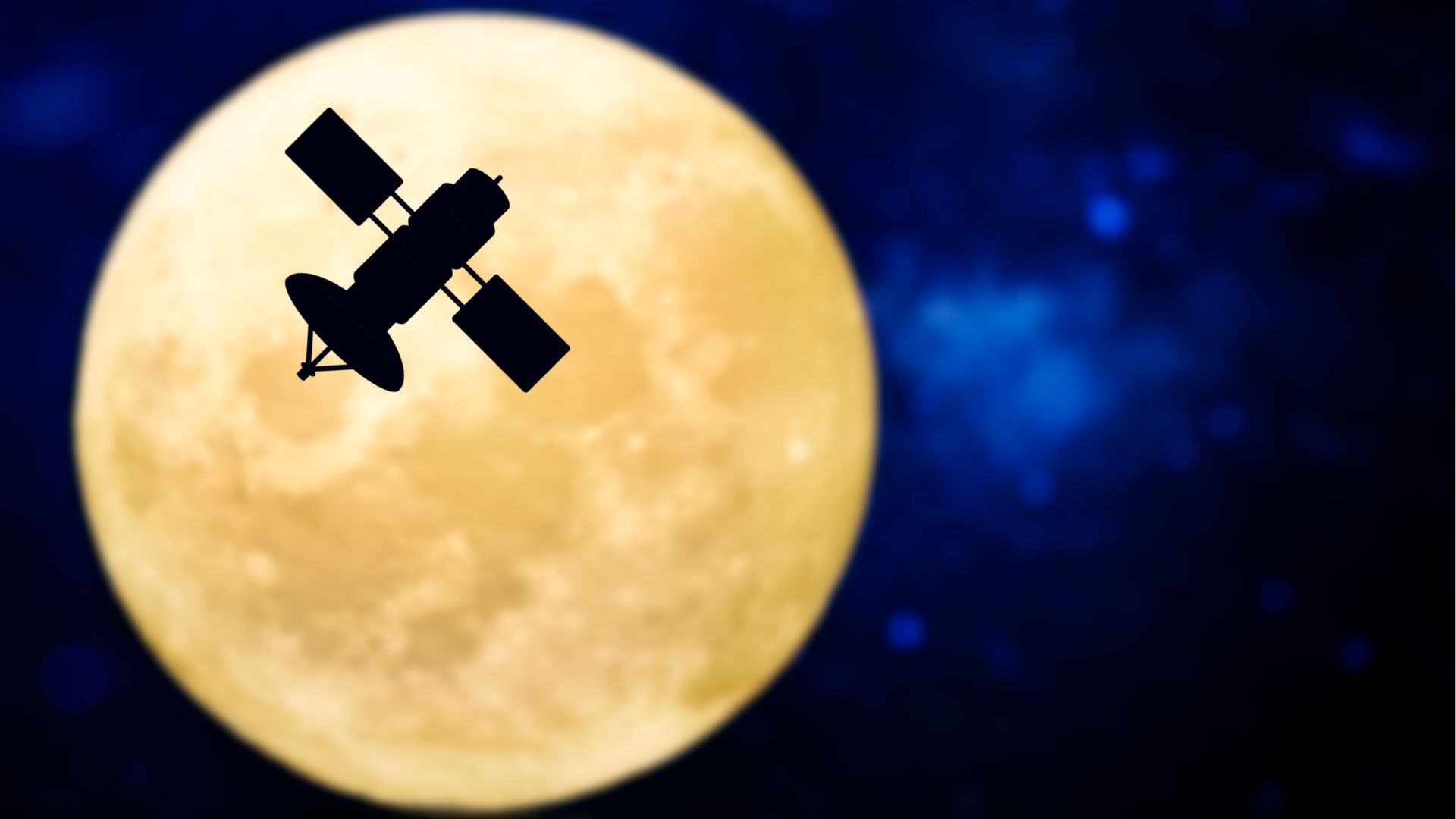
The leading hypothesis for how the Moon originally formed is called the giant-impact hypothesis. It explains that Earth collided with a Mars-sized body, Theia, about 4.5 billion years ago. Debris from that violent crash eventually collected to form the Moon, while most of the planet Theia was thought to have been absorbed or lost. Until now, no “leftover” fragments of Theia have been conclusively identified inside Earth.
What We Know About Theia
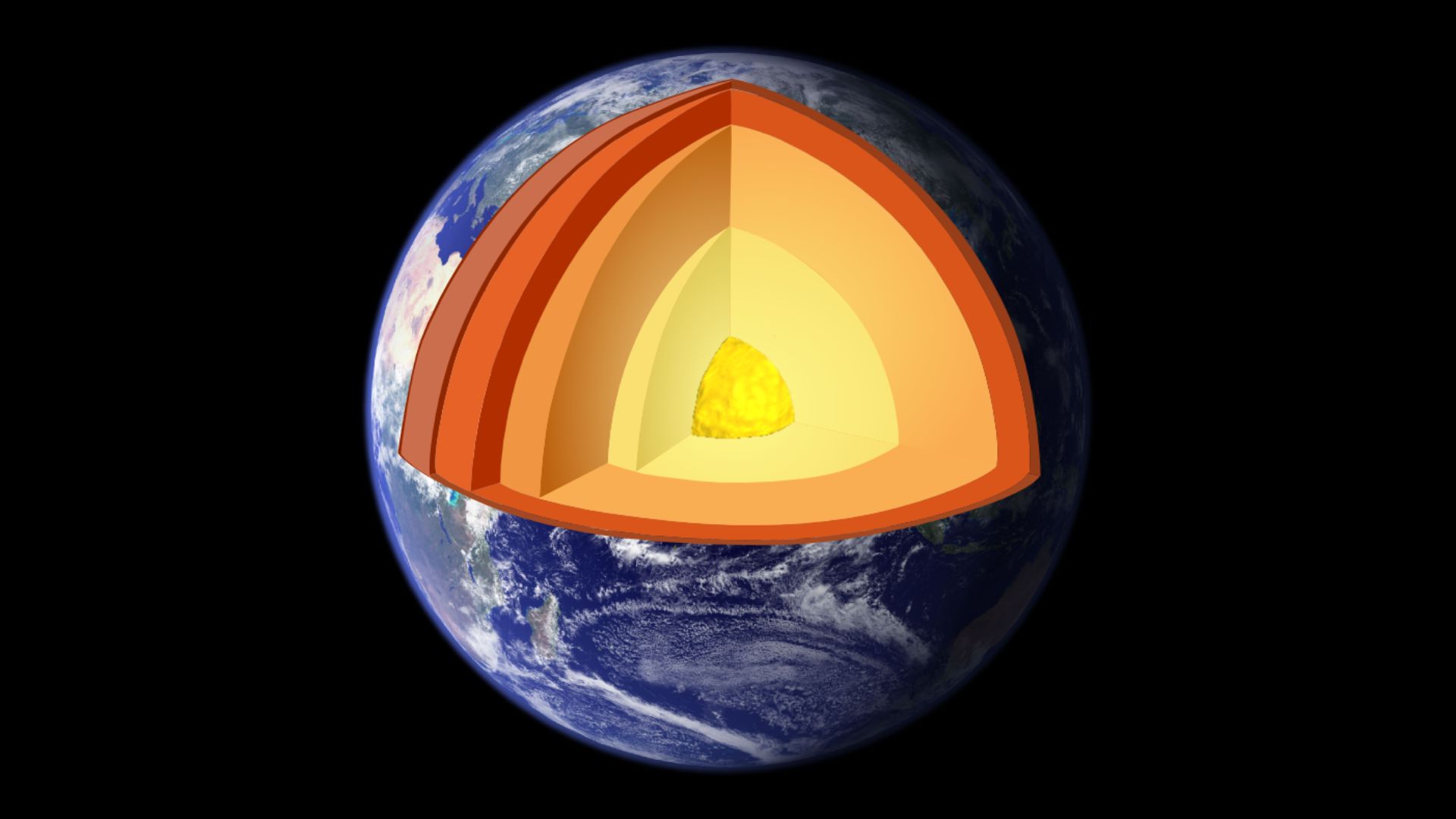
Scientists believe Theia was roughly the size of Mars and shared the Earth’s orbit before being set of on a destructive collision course with our planet. Its mantle was likely richer in iron, which could make it denser than ordinary mantle material. Over time, parts of Theia’s mantle may have sunk toward Earth’s deeper layers.
The Slowing of Seismic Waves

One of the key clues in identifying Theia is the seismic (earthquake) waves slowing when passing through the LLVPs. This means these blobs are denser or compositionally different. Because seismic waves travel faster through uniform rock, any region that disrupts that flow stands out.
Reconstructing an Ancient Planet

To test this idea, researchers ran complex simulations of the planetary collision, modeling how material would mix and settle. The results showed that if parts of Theia’s mantle remained cooler, denser, or less melted, they could have sunk and formed stable “blobs” over time. In these models, the blobs can survive billions of years of mantle circulation and still retain distinct properties.
Skepticism & Alternatives
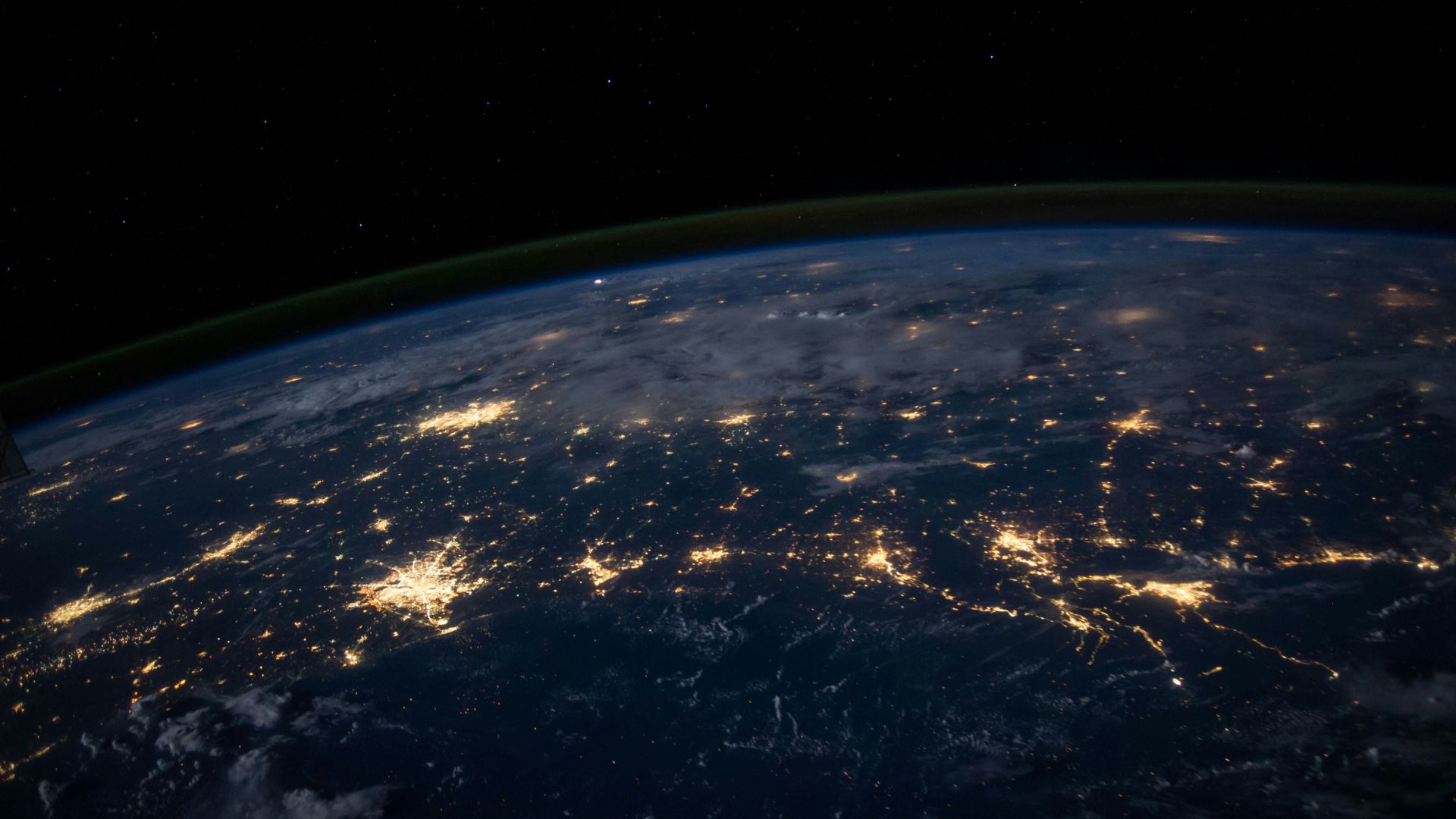
Not all scientists back this theory, however. Some argue that the blobs might have resulted from natural geological processes. Scientists are faced with the new challenge of proving the blobs have a signature that makes them alien to Earth, rather than simply being a denser region in the planet.
Implications & Future Tests

The blobs could be studied as a time capsule, providing insights into a planet that existed billions of years ago. Researchers will have to further analyze volcanic rocks to sample material from the blobs and compare it to lunar samples for shared features. Better seismic imaging and mineral physics may also help to confirm or refute the hypothesis.
Conclusion
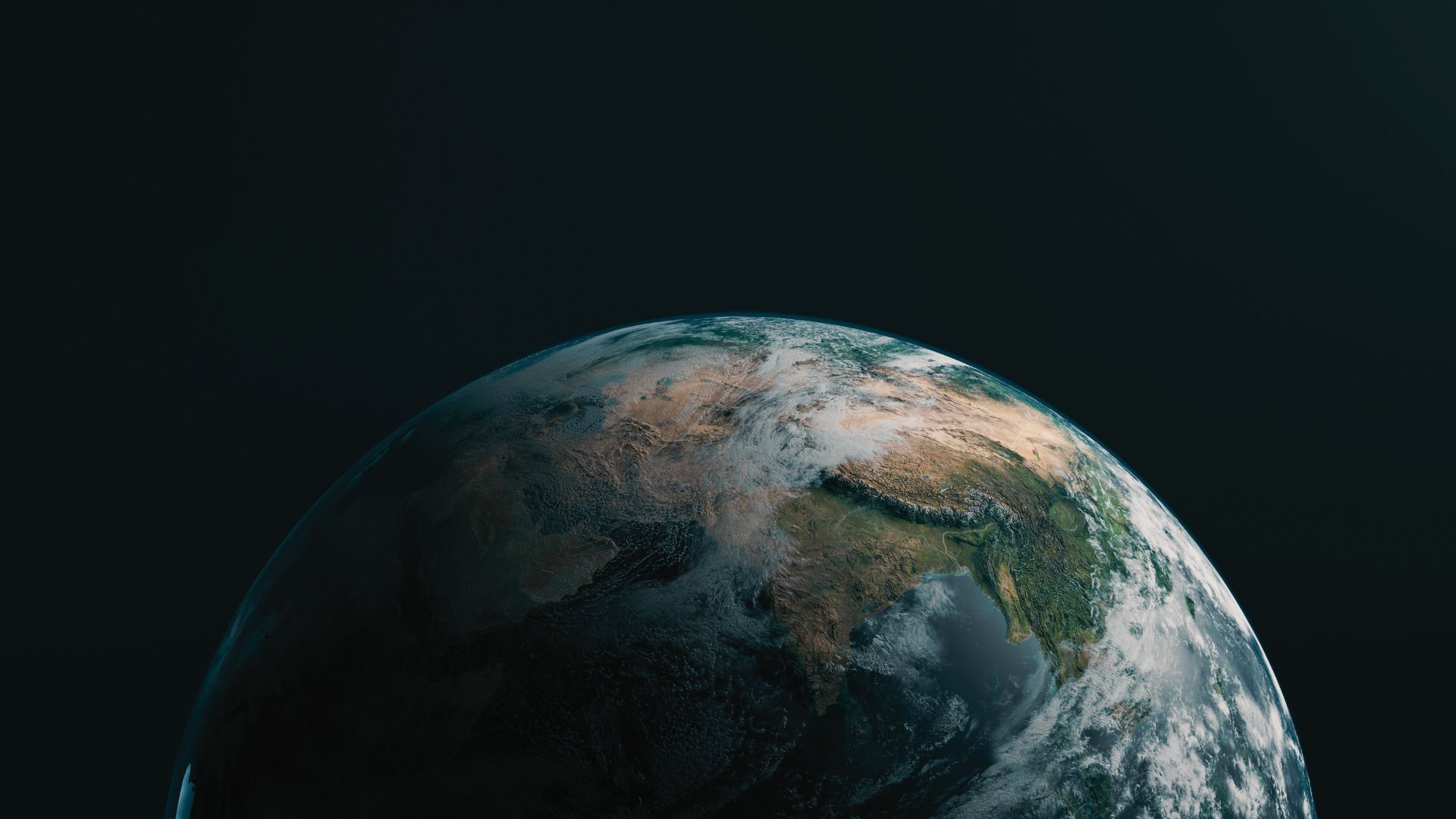
The idea that Earth might hide the remains of a long-lost planet inside is thrilling. Whether the blobs under Africa and the Pacific are truly Theia or not, their mystery pushes our understanding of Earth’s early years deeper than ever.